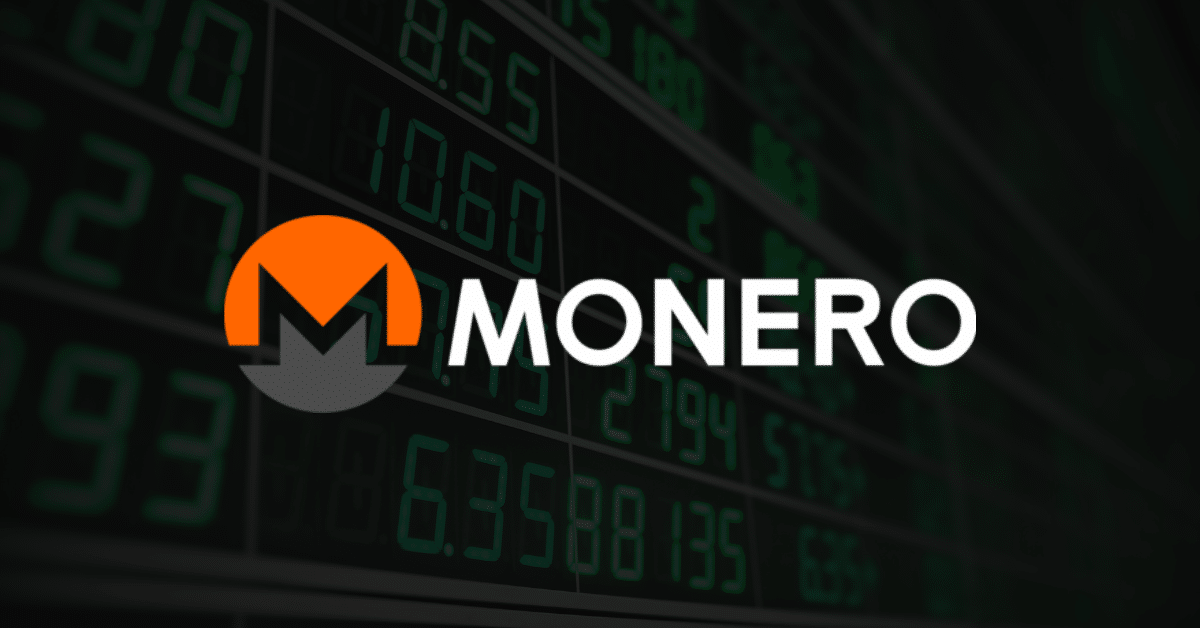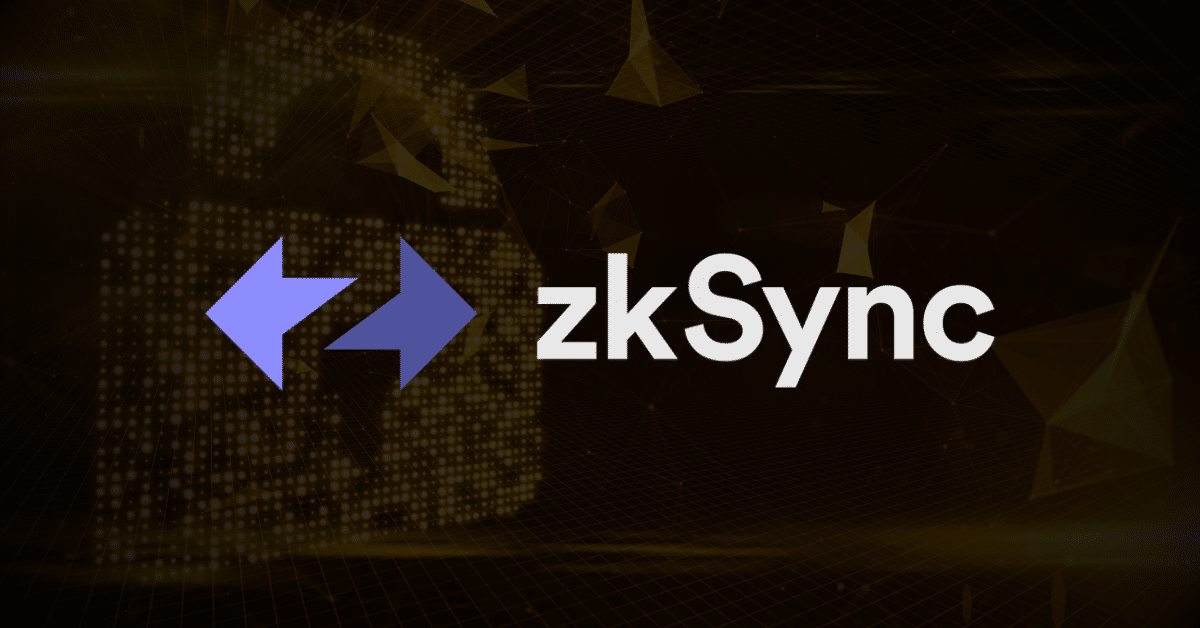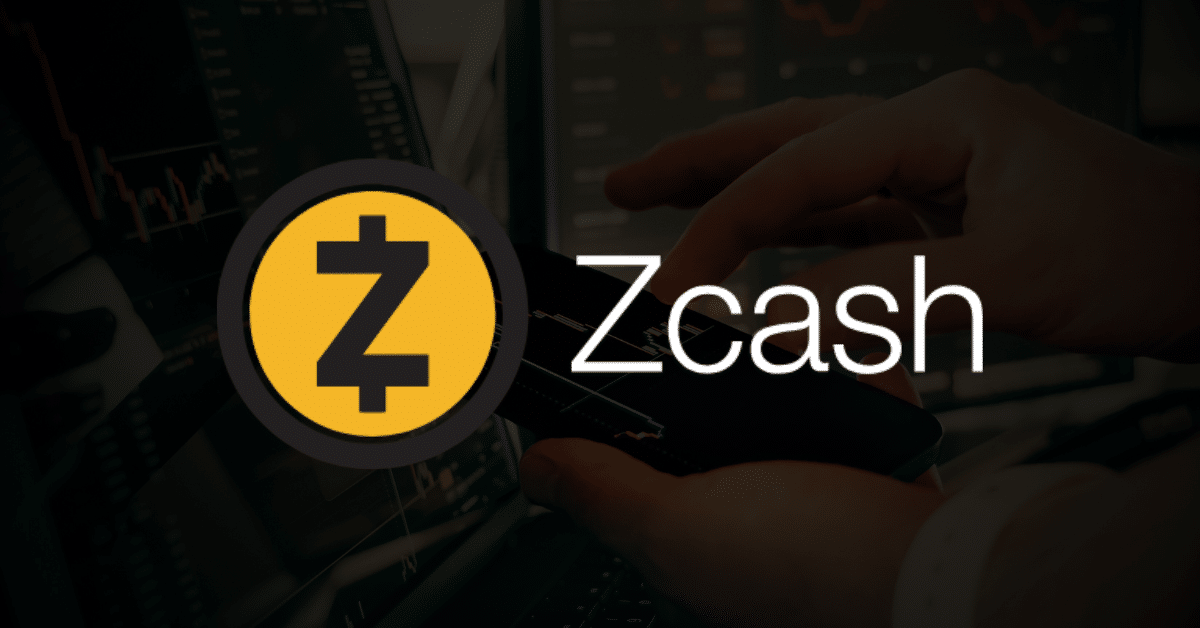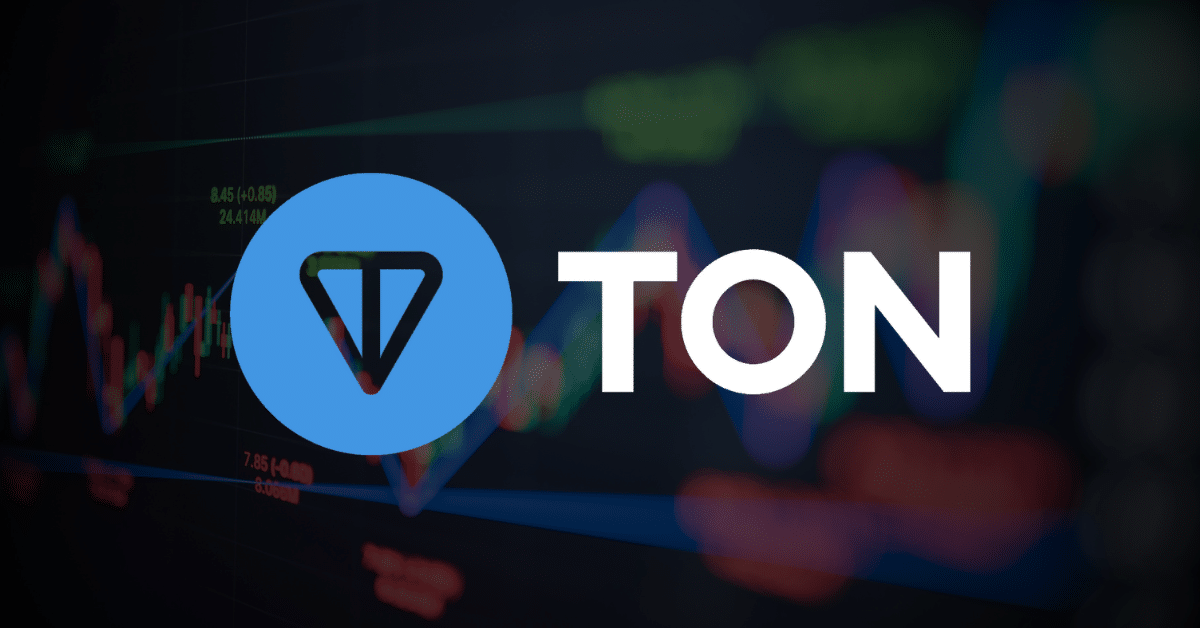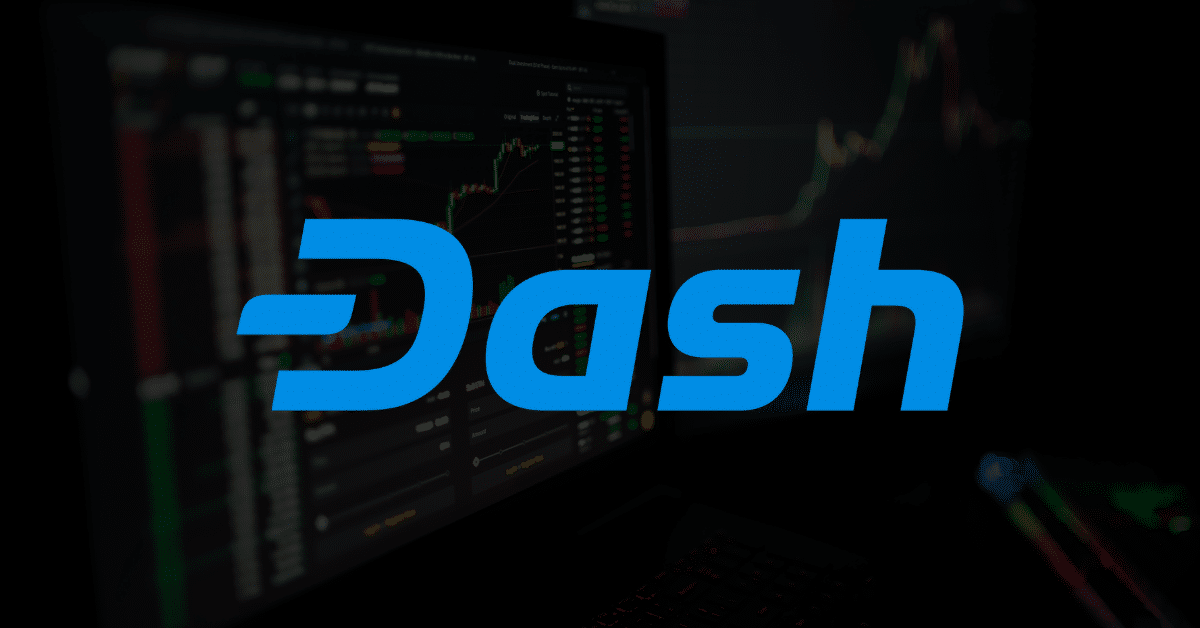Key Takeaways
- Monero’s privacy token (XMR) surprisingly rallied over 7% despite its blockchain suffering an 18-block reorg, the largest in its history.
- The reorg was a 51% attack orchestrated by Qubic, an AI-focused mining pool that has repeatedly compromised the Monero network’s security.
- The community is now in a heated debate over potential solutions, including a more centralized approach with DNS checkpoints, which would undermine the network’s core principle of decentralization.
In a surprising turn of events, Monero’s native token, XMR, has risen by over 7% despite its blockchain suffering a devastating 18-block reorganization (reorg).
The reorg, which reversed around 117 transactions, was the latest and largest attack by Qubic, a mining pool that has repeatedly demonstrated its ability to amass more than 51% of Monero’s hashrate.
The Threat of a 51% Attack
A blockchain reorg occurs when a miner or mining pool successfully creates a longer, competing chain of blocks and convinces the rest of the network to switch to it. This effectively overwrites transactions in the previous, shorter chain. For a transaction to be considered final, it must be sufficiently buried under subsequent blocks, making a reorg of this magnitude particularly damaging.
An 18-block reorg is extremely rare and highlights the effectiveness of Qubic’s “51% attack.” Qubic’s repeated attacks on Monero have exposed a critical vulnerability in its decentralized, privacy-first design.
The latest reorg exceeded Monero’s existing safeguard—a 10-block lock mechanism—and has made the network’s reliability as a monetary system a topic of intense debate.
As one crypto pundit noted, “Personally, I don’t consider the Monero network reliable at this point.”
The Centralization vs. Decentralization Dilemma
In response to the reorg, members of the Monero community are now exploring a drastic solution: temporarily adopting DNS checkpoints.
This method would require nodes to fetch trusted block data from centralized DNS servers to prevent reorgs. While this could effectively curb Qubic’s influence, it comes at a significant cost to decentralization, a core tenet of the Monero network.
The community is faced with a classic blockchain dilemma: sacrifice some level of decentralization for security or remain vulnerable to repeated attacks.
For now, the “Sword of Damocles,” as one security expert called it, hangs over the network, leaving its future in a precarious position.
Final Thoughts
The recent Monero reorg, and the market’s seemingly indifferent reaction, is a paradox. It underscores a crucial reality: for a blockchain to be truly censorship-resistant, it must be robust enough to withstand even the most powerful attacks.
Frequently Asked Questions
What is a blockchain reorg?
A blockchain reorg, or reorganization, is when a majority of the network’s nodes agree to abandon a recent series of blocks and replace them with a new chain created by a miner or mining pool.
What is a 51% attack?
A 51% attack occurs when a single entity gains control of more than 50% of a proof-of-work network’s hashrate, giving them the power to control and manipulate the network, including reversing transactions.
What is the community’s proposed solution to the reorg?
The community is debating adopting temporary DNS checkpoints, which would allow nodes to fetch trusted block data from centralized servers, but this would come at the cost of decentralization.

